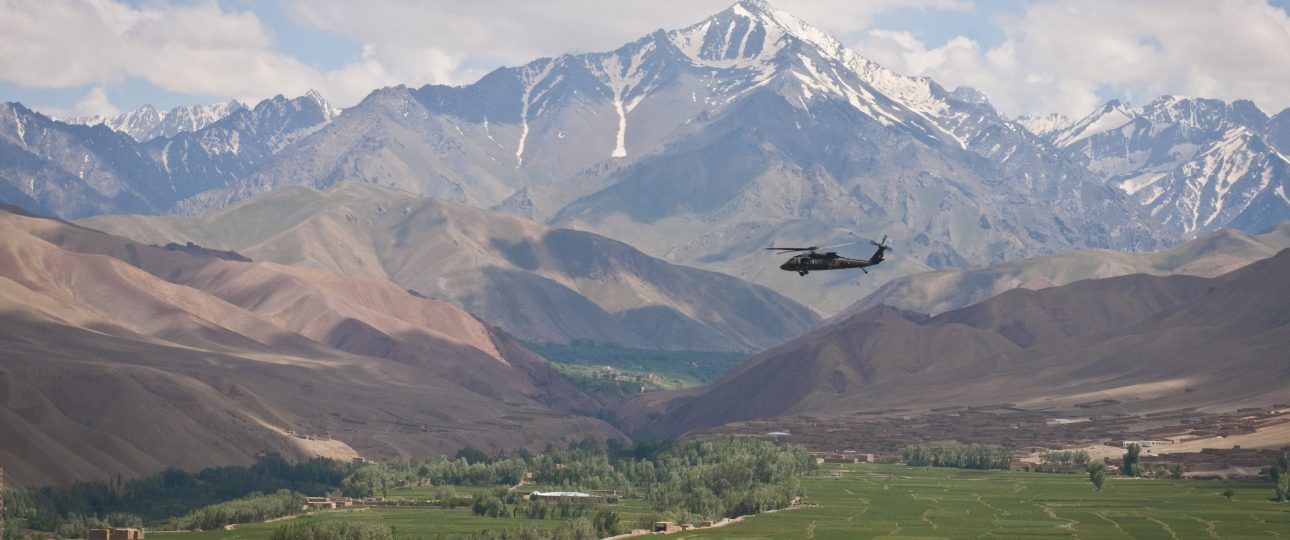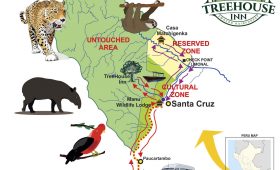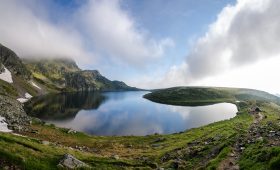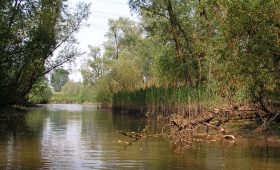Exploring Bamiyan Valley, Afghanistan
About Bamiyan Valley
Bamiyan Valley is a remarkable destination in the central highlands of Afghanistan, situated at an altitude of around 2,500 meters. This elevation offers a comfortable climate during the summer, providing a respite from the heat of the lower regions. The valley is renowned for its historical significance and natural beauty, with its landscape dominated by towering cliffs and lush greenery.
The Unique Beauty of Bamiyan Valley
The valley’s most famous feature is the site of the ancient Buddha statues, which were carved into the cliffs during the 6th century by the Gandharan Kingdom. Although these statues were destroyed by the Taliban in 2001, the remnants still attract visitors interested in history and archaeology. The area around the Buddhas is dotted with caves, many of which contain remnants of painted frescoes.
Another highlight of the valley is its vibrant blue lakes, formed by melting snow from the surrounding mountains. These lakes create a stunning contrast with the greenery, offering a picturesque landscape that is ideal for photography and exploration.
Best Time to Visit Bamiyan Valley
Plan your visit during spring or autumn. These seasons offer mild and pleasant weather, perfect for outdoor activities like hiking. Spring brings blooming flowers and lush landscapes, while autumn showcases the valley in vibrant shades of red, orange, and yellow.
Getting to Bamiyan Valley
Reaching Bamiyan Valley can be an adventure. The nearest major airport is Kabul International Airport. From Kabul, you can either fly to Bamiyan Airport or take a road trip. Flights are available via East Horizon Airlines, with tickets costing around $200 for a round trip.
If you choose to travel by road, there are two main routes. The southern route through Wardak Province is shorter but more dangerous. The northern route, starting near Charikar, is longer but generally safer. Both routes require a sturdy vehicle, preferably a Toyota 4WD, and a local guide is recommended for navigating the journey.
Local Transportation in Bamiyan Valley
Once in Bamiyan, the town is small enough to explore on foot. For trips around the region, hiring a Toyota minivan or a local guide is advisable. These guides can provide valuable insights and ensure you visit the most scenic and historically significant spots.
Notable Sites and Activities
- The Ruined Buddhas: Visit the site of the ancient Buddhas and explore the surrounding caves. A ticket costing 300 Afghanis grants access to this area, as well as to Zohak City and Gogola City.
- Shahr-e Gholghola: This ruined citadel offers some of the best views of the valley and is located just east of Bamiyan.
- Skiing: During winter, skiing is a popular activity in the valley, attracting adventure enthusiasts.
Dining in Bamiyan Valley
Local chaikhanas serve traditional Afghan dishes like pulao, naan, and kebabs, often accompanied by green tea. For a more refined dining experience, consider reserving a table at the Hotel Silk Road Bamiyan.
While Bamiyan Valley offers a unique blend of history and natural beauty, travelers should be prepared for challenging travel conditions and ensure they have up-to-date information on safety and accessibility.




